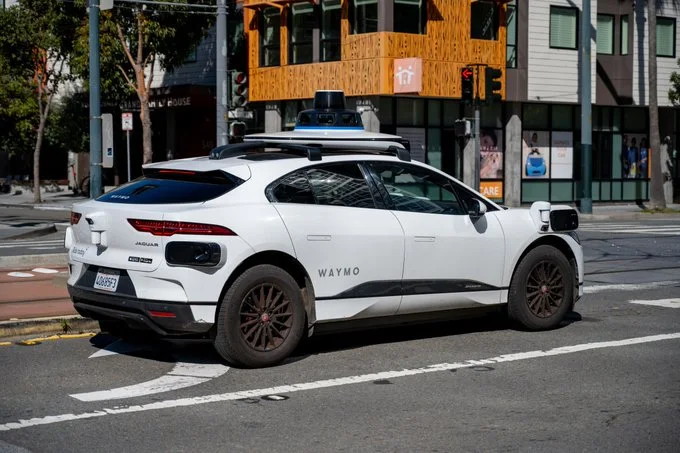Why People Are Paying More for Waymo Rides Than Uber or Lyft
If you're wondering why Waymo rides cost more than Uber or Lyft—and why riders are still choosing them anyway—you're not alone. It’s one of the most asked questions as autonomous vehicles become more mainstream. While many assumed that self-driving cars would slash costs by removing drivers from the equation, the reality is more complex. According to new data from Obi, Waymo’s robotaxi rides are consistently more expensive than their ride-hailing competitors—but that hasn't stopped people from using them. In fact, Waymo is seeing high demand, with 250,000 paid trips per week across its launch cities. Let's dive into what’s driving this trend and whether it's a glimpse into the future of urban mobility.
Image Credits:Getty ImagesWaymo Rides Cost More Than Uber or Lyft—Here’s the Data
Obi, an app that tracks pricing and availability across multiple ride services, recently analyzed nearly 90,000 ride offers from Waymo, Lyft, and UberX in San Francisco. The study, spanning one month, revealed that Waymo rides averaged $20.43, compared to $15.58 for UberX and $14.44 for Lyft Standard. During peak times, that gap widened dramatically—Waymo was $11 more expensive than Lyft and nearly $9.50 more than Uber. So why are people paying extra? It’s not about price—it’s about experience, novelty, and trust in technology. This shift in consumer behavior shows that early adopters are willing to pay a premium to ride in a driverless car, even when cheaper alternatives are just a tap away.
Why People Still Choose Waymo Despite the Higher Price
It may seem counterintuitive that a service designed to cut labor costs is more expensive, but the reason is clear: operating autonomous vehicles is still very expensive. Between costly sensors, AI infrastructure, safety protocols, and ongoing R&D, Waymo’s pricing reflects the complexity behind the ride. Yet that hasn't deterred riders. Many are excited to experience self-driving technology firsthand—often for the very first time. For some, it’s about comfort and privacy. For others, it's about trust—feeling safer in a machine that never texts while driving. This early interest is a strong signal: people are willing to pay more for innovation if it feels reliable and meaningful.
The Perceived Value of Riding in a Robotaxi
People are not just paying for a ride—they’re paying for a premium experience. With no human driver, Waymo offers a unique environment: quieter rides, no small talk, and a glimpse of what the future might look like. For tech enthusiasts and travelers, riding in a Waymo is almost like a tourist attraction. Obi’s chief revenue officer, Ashwini Anburajan, summed it up well: “There’s a real preference to sometimes be in the car without a driver.” In a world increasingly driven by personalization and convenience, the added value of a robotaxi goes beyond cost—it taps into emotion, curiosity, and lifestyle preferences.
Is This the Future of Urban Transportation?
The fact that people are choosing Waymo despite higher costs is a signal to the broader mobility industry. While affordability is important, it’s no longer the only factor shaping ride-hailing decisions. Consumers now value privacy, cutting-edge tech, and seamless experiences—especially in cities where traffic and safety are everyday concerns. Over time, prices may come down as technology scales and regulations evolve. But even now, Waymo is proving there’s a market for premium autonomous rides. As other companies follow suit, we may see new tiers of pricing and experiences in the robotaxi world. One thing’s clear: the future of ride-hailing is already here—and people are willing to pay for it.


Post a Comment